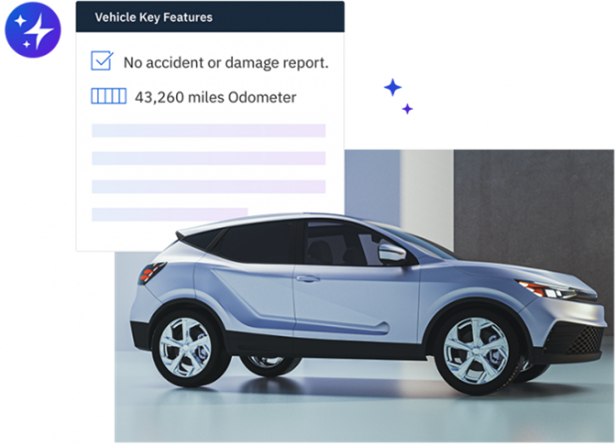What Makes an Appraiser a “Great” Appraiser?

Article Highlights:
- Appraising a vehicle is both a skill and an art.
- It takes patience, practice, and real-life experience.
Some will say appraising a vehicle is one of the easier jobs within a dealership. “All you have to do is look in the book for the valuation.”
But, in reality appraising a vehicle is both a skill and an art.
Going with your gut and prior knowledge is how you become an appraiser, but how do you become a great appraiser? You know, the one that covers all of his bases and gets it right every time, winning deal after deal.
With these three simple rules, an appraiser can become a “great” appraiser. Aside from looking in the book of your choice, remembering the following things will take you right to the top of the appraisal ladder.
Discover previous ownership clues.
Being able to spot clues of previous owners will only benefit you in your appraisal journey. Vehicle history will tell you much more than any owner would. Maybe the previous owner forgot to mention his passenger-side door was blindsided. Or, maybe it slipped his mind that he needed new brakes 3,000 miles ago. You may be pleasantly surprised to see he was very prompt in keeping up with the maintenance of the vehicle, showing it was well cared for. However, you may find service misdoings raising potential red flags, adding to your appraisal costs.
Getting too detailed isn’t a bad thing.
Double checking something will never be frowned upon. It is your job to decide if the car is a good buy or not. For example, a customer brings in her SUV. It looks likes it matches perfectly. It’s a factory original even. Don’t stop looking there and assume everything is dandy. Start looking at serial numbers to ensure the engine, the frame, and the transmission all go with that car. Never overlook the details, a car might be mashed together.
Price check your area market.
The best way to tell how much a car on your lot is worth is comparing it to your market. Take a minute after you’ve done your walk-around to go into your system and check the cars in a 50-100 mile radius of your dealership. See what the same models are going for in your area and price from there. Consumers are going to price shop, so you want to be competitive. Additionally, consider looking at your auction data to see what the current auction price is for the vehicle being appraised. The market data in conjunction with the auction data will help define the appraisal range you will want to stay within to protect your gross profit.
Conclusion
Appraising is an art form few will master. Knowing the different signs to look for takes a lot of patience, practice, and real-life experience. Don’t give up on becoming the best appraiser you can be. Using the skills above is going to help you on your journey to becoming a “great” appraiser.
Related Articles:

The Future of Variable Ops with Experts at NADA 2025
Explore how AI is transforming variable operations in automotive retailing with insights from NADA 2025. Learn about efficiency, profitability, and fraud prevention from industry leaders.

Decision made regarding the Vehicle Shopping Rule – now what?
Check out five key takeaways from the Vehicle Shopping Rule to keep your dealership safe from FTC enforcement actions.

3 Ways AI Can Elevate Your Dealership’s Online Inventory
On average, Americans are exposed to between 4,000 and 10,000 advertisements every day. From commercials on TV to billboards on your way to work, all…

The Pizza Playbook – What Ordering Pizza Teaches Us About F&I
For as long as I can remember, my family had “pizza night” every week. Without fail, every Friday evening we’d all gather around the computer…















